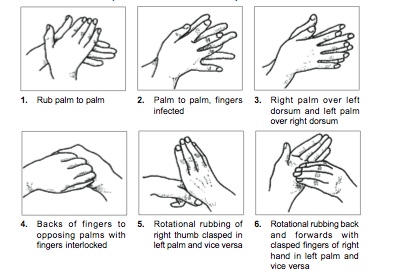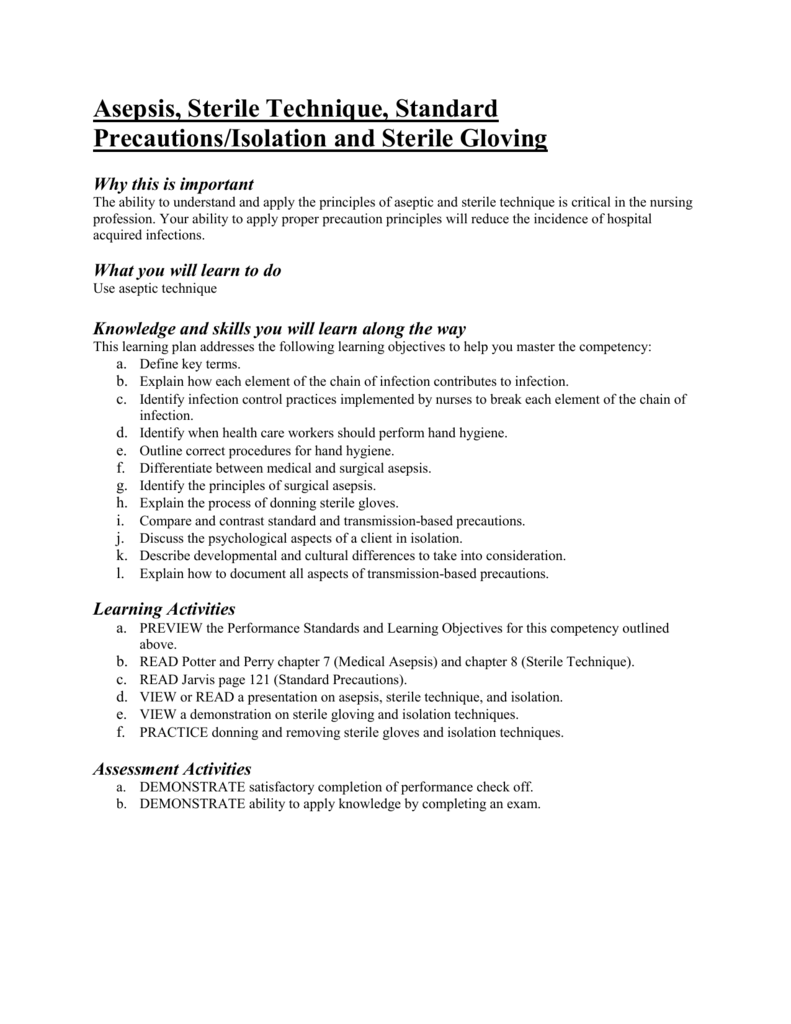

Explain the rationale for performance of a procedure to the patient.

Display sensitivity to patient rights and feelings in collecting specimens.Demonstrate respect for diversity in approaching patients and families.Use language/verbal skills that enable patients’ understanding.Apply critical thinking skills in performing patient assessment and care.
Differentiate between medical and surgical asepsis professional#

Report illegal and/or unsafe activities and behaviors that affect health, safety and welfare of others to proper authorities.Develop and maintain a current list of community resources related to patients’ health care needs.Prepare a patient for procedures and/or treatments.Instruct patients according to their needs to promote health maintenance and disease prevention.Use medical terminology, pronouncing medical terms correctly, to communicate information, patient history, data and observations.Report relevant information to others succinctly and accurately.Use reflection, restatement and clarification techniques to obtain a patient history.Perform patient screening using established protocols.Describe the process to follow if an error is made in patient care.Identify the effect personal ethics may have on professional performance.Identify where to report illegal and/or unsafe activities and behaviors that affect health, safety and welfare of others.Discuss the role of cultural, social and ethnic diversity in ethical performance of medical assisting practice.Compare personal, professional and organizational ethics.Differentiate between legal, ethical, and moral issues affecting healthcare.Differentiate between adaptive and non-adaptive coping mechanisms.Discuss the role of assertiveness in effective professional communication.



 0 kommentar(er)
0 kommentar(er)
